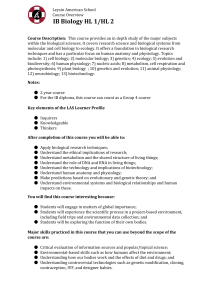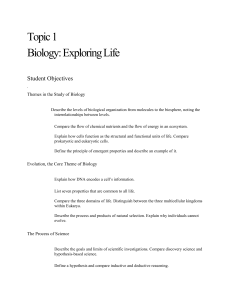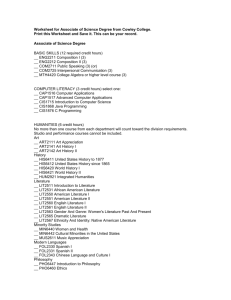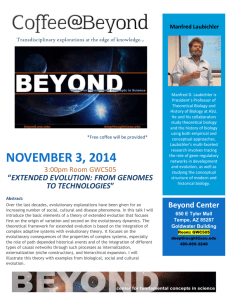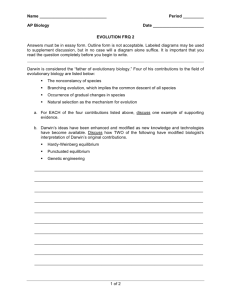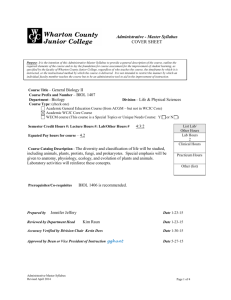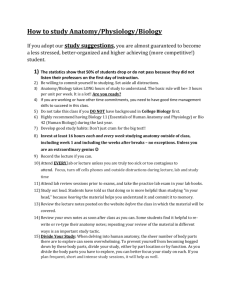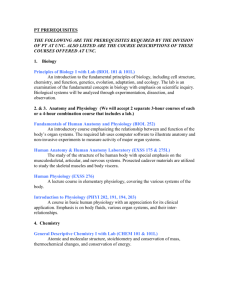Chapter 1. Exploring Life and Science Biology is the study of life
advertisement
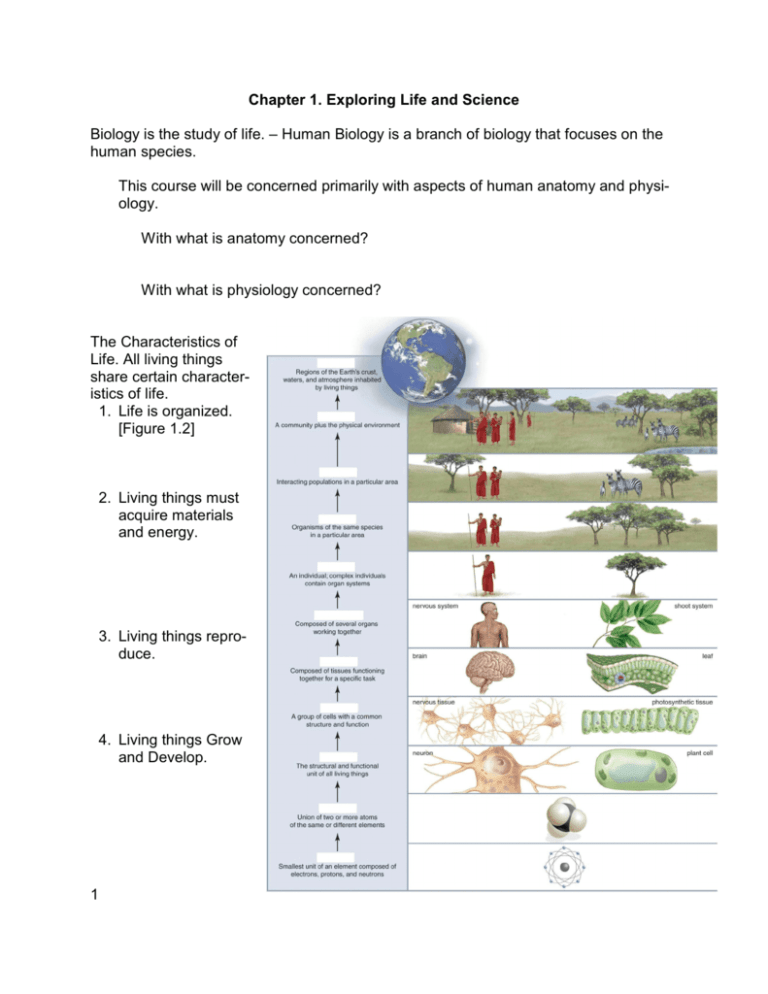
Chapter 1. Exploring Life and Science Biology is the study of life. – Human Biology is a branch of biology that focuses on the human species. This course will be concerned primarily with aspects of human anatomy and physiology. With what is anatomy concerned? With what is physiology concerned? The Characteristics of Life. All living things share certain characteristics of life. 1. Life is organized. [Figure 1.2] 2. Living things must acquire materials and energy. 3. Living things reproduce. 4. Living things Grow and Develop. 1 5. Living things maintain a balanced internal environment — they exhibit homeostasis. 6. Living things respond to stimuli. 7. Life has an evolutionary history. Human beings are part of the living world and are related to other animals. [Figure 1.5] Human beings have an evolutionary and cultural heritage. We also are a part of the biosphere. 2 Science as a process. Science is a way of knowing about the natural world. Science is – Scientific Theories. The ultimate goal of science is to understand the natural world in terms of scientific theories. Theories are – Levels of importance in science from least important to most important: þ þ þ A basic assumption of science: There are natural laws which can be known. This means – The basic tool of science: Reason. Two kinds of reason: Inductive reasoning. Deductive reasoning. The formal method of science involves a series of steps: 1. Make observations. 2. Formulate an hypothesis. 3. Conduct a carefully observed and controlled experiment. A control in an experiment serves as a basis for comparison. 4. Draw conclusions. 5. Accept or reject the hypothesis on the basis of the experimental results. 3 The process of scientific investigation. [Figure 1.7] What is a control in a scientific experiment? What is a placebo? How does a blind test differ from a double blind test? 4
